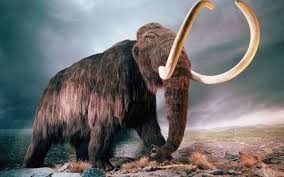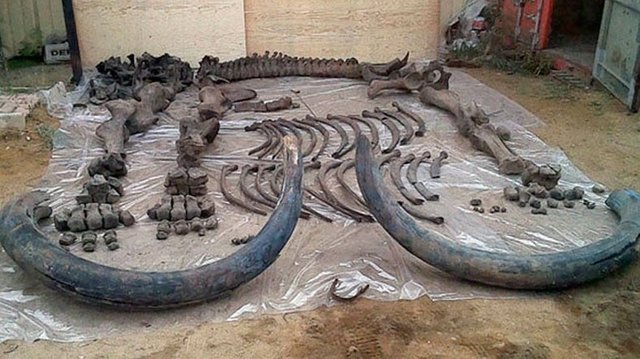
Researchers have unraveled the riddle of why the lion's share of mammoth fossils are male.
Much like wild elephants today, youthful male Ice Age mammoths presumably wandered alone and all the more frequently got themselves into hazardous circumstances where they were cleared into streams, fell through ice or into swamps or sinkholes that protected their bones for a huge number of years, researchers say.
Females, then again, went in a gathering drove by a more seasoned matron who knew the landscape and controlled her partners far from peril.
Mammoth errand: very rich person Peter Thiel supported push to revive wooly monster

"Without the advantage of living in a group drove by an accomplished female, male mammoths may have had a higher danger of biting the dust in regular traps, for example, swamps, hole, and lakes," said co-creator Love Dalen of the Swedish Museum of Natural History in a report distributed on Thursday in the diary Current Biology.
The investigation utilized genomic information to decide the sex of 98 wooly mammoth (Mammuthus primigenius) fossils in Siberia.
Scientists found that 69% of the examples were male, a strangely skewed sex proportion, expecting that the genders were genuinely even during childbirth.
"We were exceptionally astounded in light of the fact that there was no motivation to expect a sex inclination in the fossil record," said first creator Patricia Pecnerova, additionally at the Swedish Museum of Natural History.
In this manner, scientists trust that something about the way they lived affected the way they kicked the bucket.
"Most bones, tusks, and teeth from mammoths and other Ice Age creatures haven't survived," clarified Dalen.
"It is profoundly likely that the remaining parts that are found in Siberia nowadays have been saved in light of the fact that they have been covered, and in this manner shielded from weathering."
These goliath, tusked herbivores vanished around 4,000 years back, as the atmosphere warmed and the mammoths were progressively chased by people.